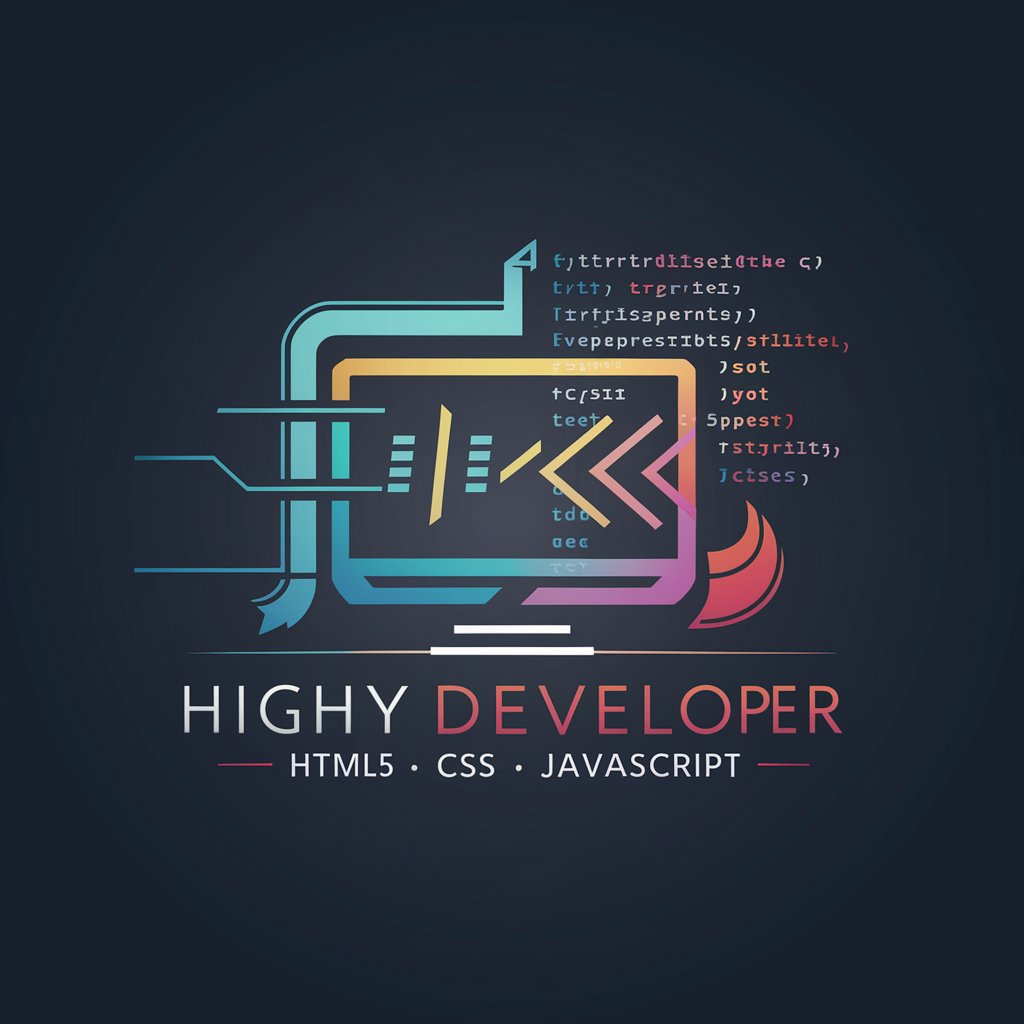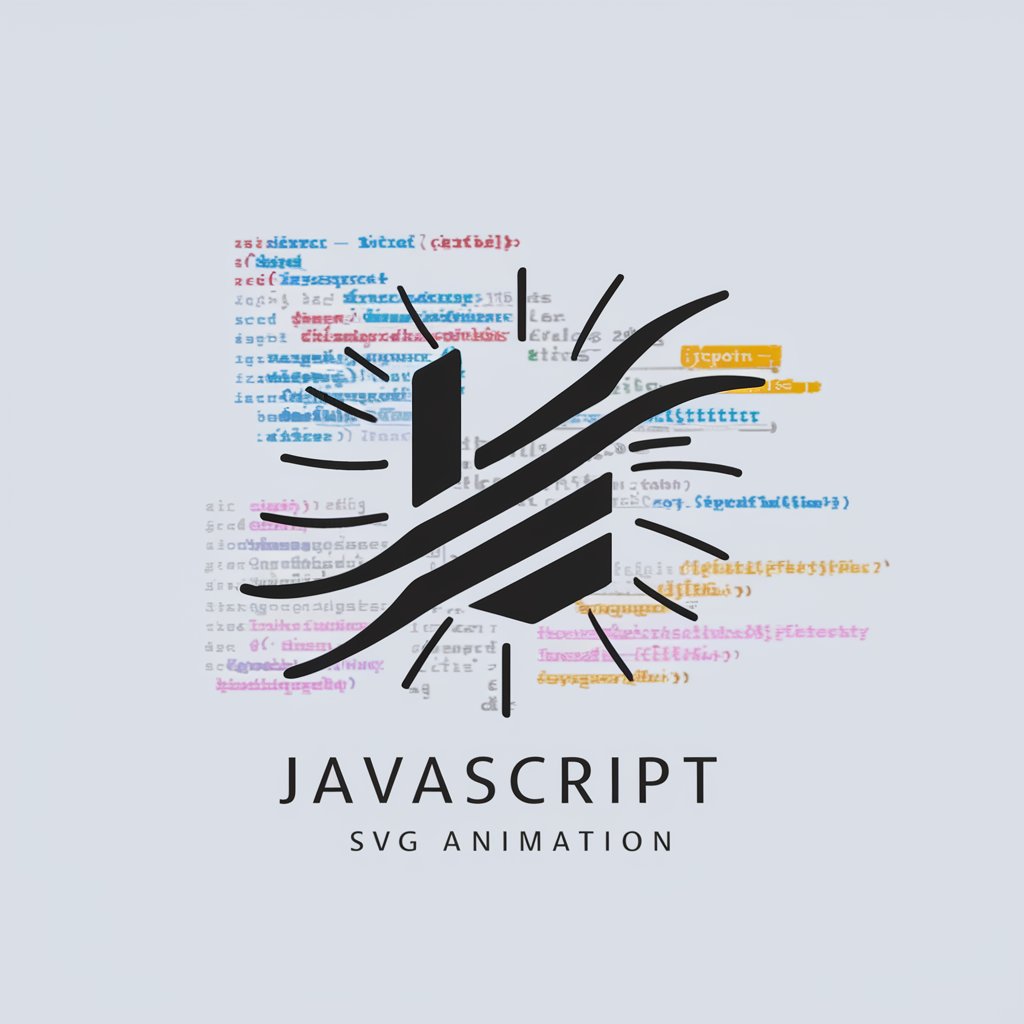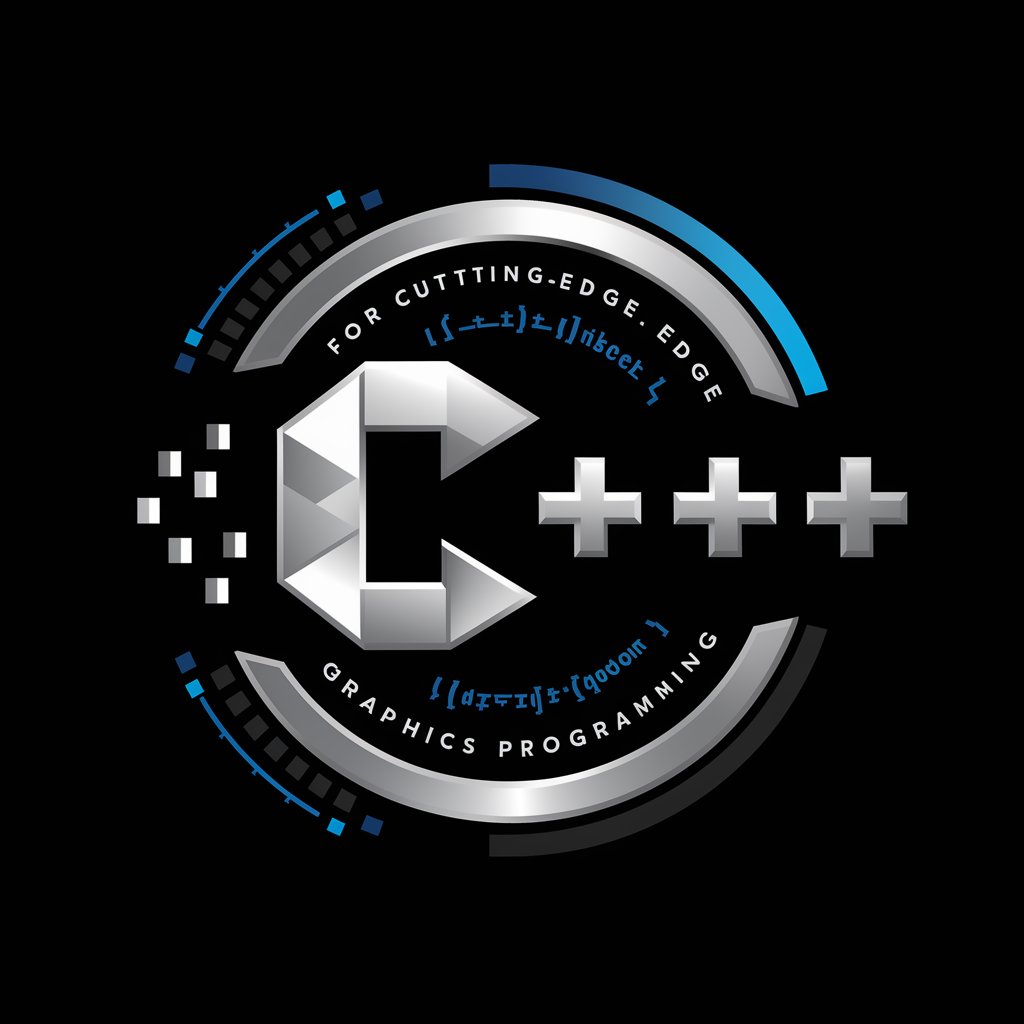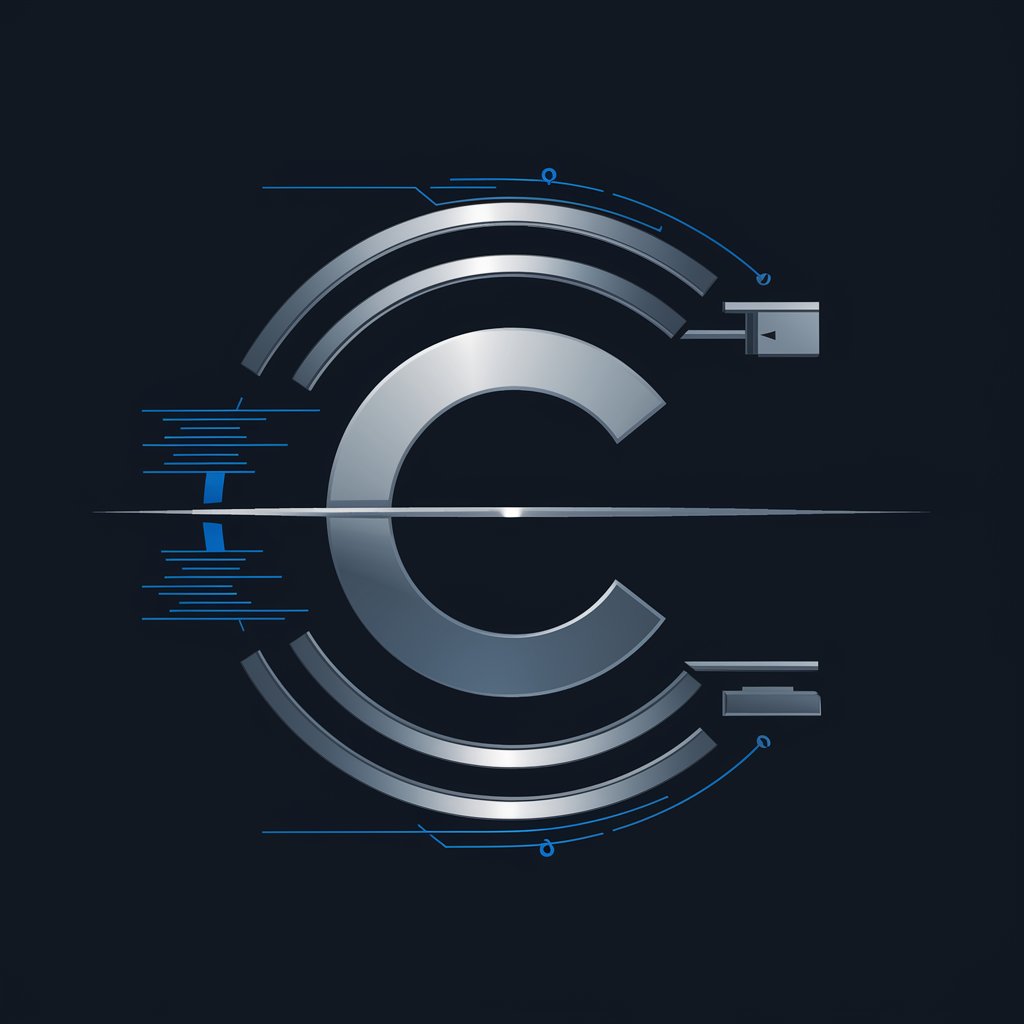HTML5 SVG Mastery - SVG Design and Animation

Welcome! Let's create amazing SVG graphics together.
Empower your web designs with AI-driven SVG Mastery.
Design an SVG-based icon that...
Create a responsive vector graphic featuring...
Illustrate a modern web development logo that...
Generate a professional SVG element showcasing...
Get Embed Code
Understanding HTML5 SVG Mastery
HTML5 SVG Mastery specializes in the creation and manipulation of Scalable Vector Graphics (SVG) within web applications. Leveraging the full capabilities of HTML5, CSS, and JavaScript, this expertise is directed towards designing, implementing, and optimizing responsive SVGs that are scalable across different devices without losing quality. From simple icons to complex illustrations and interactive visualizations, HTML5 SVG Mastery ensures graphics are lightweight, scalable, and accessible. Examples include creating a responsive logo that adjusts to screen sizes, interactive charts for data visualization, or animated SVG elements for engaging user experiences. Powered by ChatGPT-4o。

Core Functions of HTML5 SVG Mastery
Responsive SVG Design
Example
Implementing an SVG logo that dynamically scales with the viewport size using the 'viewBox' attribute.
Scenario
A company website requires a logo that maintains its proportions and clarity across desktops, tablets, and smartphones.
Interactive SVG Elements
Example
Adding JavaScript event listeners to SVG elements for interactivity, like changing colors on hover.
Scenario
An educational platform needs interactive maps where regions change color or display information when hovered over or clicked.
SVG Animation
Example
Utilizing CSS animations and SMIL (Synchronized Multimedia Integration Language) for animating SVG paths to indicate progress in a process.
Scenario
A fitness app wishes to display a dynamic progress bar that visually represents a user's completion of a workout challenge.
Data Visualization
Example
Creating bar charts, line graphs, and pie charts with SVG to represent and animate data dynamically.
Scenario
A financial website requires real-time updating charts to display stock market trends and analyses.
SVG Optimization
Example
Applying techniques such as minimizing SVG file sizes, using CSS for styling, and ensuring accessibility.
Scenario
Optimizing SVGs for a high-traffic e-commerce site to ensure fast loading times and compatibility with screen readers.
Who Benefits from HTML5 SVG Mastery?
Web Developers
Professionals looking to integrate high-quality, scalable graphics into their web applications without compromising on performance or accessibility. They benefit from advanced techniques in SVG manipulation and optimization.
UI/UX Designers
Designers aiming to create visually engaging and interactive user interfaces that are responsive and accessible across devices. SVG Mastery enables them to bring their designs to life on the web.
Data Scientists
Individuals who require sophisticated, interactive visualizations for data presentation and analysis. SVG provides a powerful medium for dynamic data representation.
Educators and eLearning Professionals
Those who develop educational content and platforms benefit from SVG's interactive and engaging capabilities, making learning materials more accessible and enjoyable.

How to Use HTML5 SVG Mastery
1
Start with a free trial by visiting a website that offers hands-on experience with SVG creation, no sign-up or subscription required.
2
Familiarize yourself with basic SVG syntax and properties. Understand the <svg> element, including its width, height, and viewBox attributes.
3
Explore the use of basic shapes (rect, circle, ellipse, line, polyline, and polygon) and path elements to create complex graphics.
4
Learn about styling SVG with CSS and adding interactivity with JavaScript, focusing on event handling and manipulation of SVG elements.
5
Experiment with advanced SVG features like gradients, filters, clipping, and masking to create sophisticated visual effects.
Try other advanced and practical GPTs
🌐 Spring Boot RESTful Service
Power your applications with AI-driven RESTful services

Personal Development Guide
Empower Your Growth with AI

AEC Technologies and Trends
Empowering AEC Projects with AI-driven Insights

German Teacher GPT
AI-powered personalized German lessons

Healty Recipes Generator 🥗
AI-powered healthy eating simplified

Recipe Finder
AI-Powered Culinary Creativity

JavaScript SVG Animation: Unleash Creativity
Animating SVGs with AI-enhanced precision

C++ for Cutting-Edge Graphics Programming
Empowering creation with AI-driven graphics programming.

🚀 Mastering Elm's 'Html' Module
Craft dynamic web interfaces with Elm

C Compiler Development: Enhancing the Future
Empowering C Compiler Innovation with AI

HTML5 GeoJourney
Powering location-aware web experiences with AI

C Programming for Next-Gen 3D Rendering Engines
Empowering your creativity with AI-driven 3D graphics.

FAQs about HTML5 SVG Mastery
What is SVG and why is it important in web development?
SVG (Scalable Vector Graphics) is an XML-based markup language for describing two-dimensional based vector graphics. It's crucial for web development because it ensures graphics are scalable and responsive without losing quality, making it ideal for high-resolution displays and responsive web design.
How can I make an SVG graphic responsive?
To make an SVG responsive, use the viewBox attribute in the <svg> element. This defines the aspect ratio and enables the SVG to scale smoothly across different screen sizes. Additionally, CSS can be used to control the size of the SVG container.
Can SVGs be animated?
Yes, SVGs can be animated using CSS animations and transitions, or through SMIL (Synchronized Multimedia Integration Language), although SMIL is less commonly used. JavaScript can also be utilized for more complex animations and interactivity.
What are the benefits of using SVG over traditional image formats like JPG or PNG?
SVGs are scalable without losing clarity, making them ideal for responsive design. They usually have smaller file sizes compared to high-resolution bitmap images, improving load times. SVGs also support interactivity and animation, enhancing web experiences.
How do I ensure my SVG graphics are accessible?
To make SVGs accessible, use semantic tags and attributes like <title> and <desc> within the SVG to describe its contents. ARIA attributes can further enhance accessibility, providing screen readers with the necessary context.
